A severe heatwave is gripping South Asia, with India and Pakistan bearing the brunt of scorching temperatures. In India, 11 people have died in the states of Rajasthan and Gujarat due to extreme heat, while Pakistan faces similarly harsh conditions, impacting millions across both nations.
The Indian Meteorological Department has issued a warning that the severe heatwave will persist for at least five more days. Rajasthan recorded India's highest temperature of 49 degrees Celsius on Friday. Other states, including Punjab, Haryana, Uttar Pradesh, Gujarat, and Madhya Pradesh, are also experiencing extreme heat, with temperatures soaring above 45 degrees Celsius. Heatstroke deaths have been reported in Gujarat as residents struggle to cope with the oppressive conditions.
In Pakistan, 26 states are sweltering under intense heat. Sindh province recorded the highest temperature at 50 degrees Celsius on Friday. The Pakistan Meteorological Department has indicated that the extreme heat will continue until at least May 30, and more heatwaves are expected in early and late June. Load shedding has exacerbated the situation, leading to widespread discomfort and disruption. Most educational institutions have been closed to protect students from the dangerous heat.
Experts attribute the worsened temperature situation this year to the El Nino phenomenon, which has amplified the region's typical April and May heat. The World Meteorological Organization (WMO) has warned that Asia will be the most disaster-hit region in 2023, with record warm temperatures predicted. Analysts point to man-made climate change as a significant factor behind the extreme weather conditions.
The ongoing heatwave highlights the urgent need for comprehensive climate action and adaptive measures to mitigate the impact of rising temperatures on vulnerable populations. As millions across South Asia endure the severe heat, governments and international organizations must prioritize efforts to address and combat climate change to prevent further disasters.



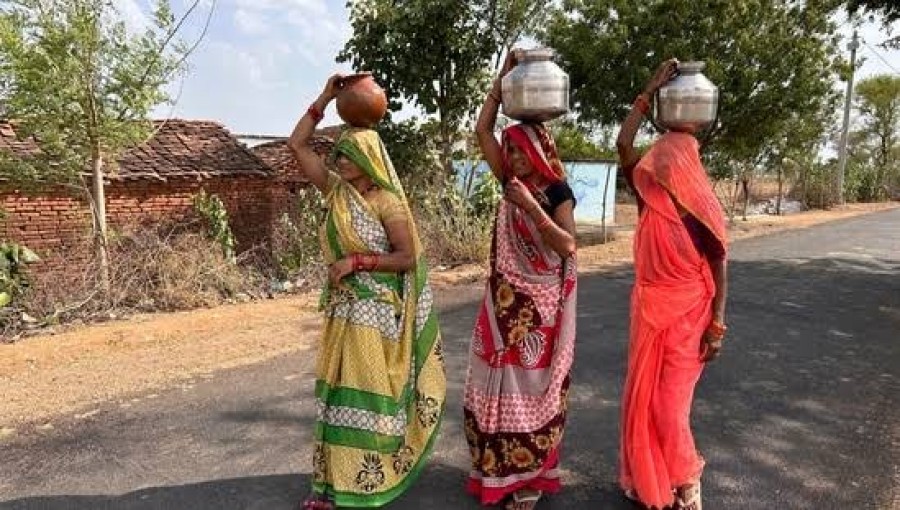










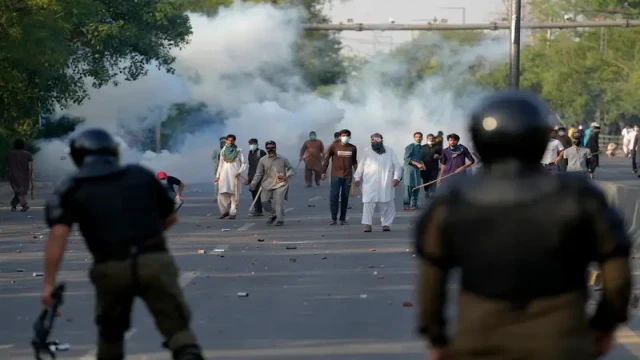






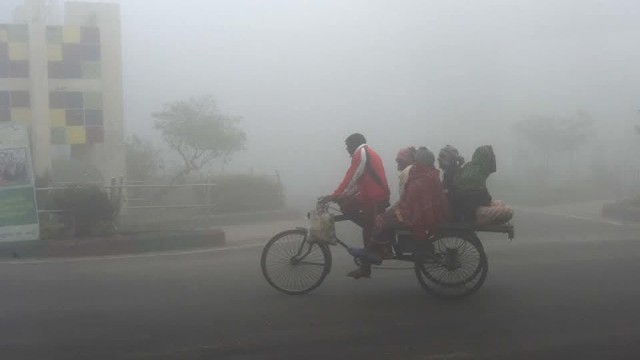
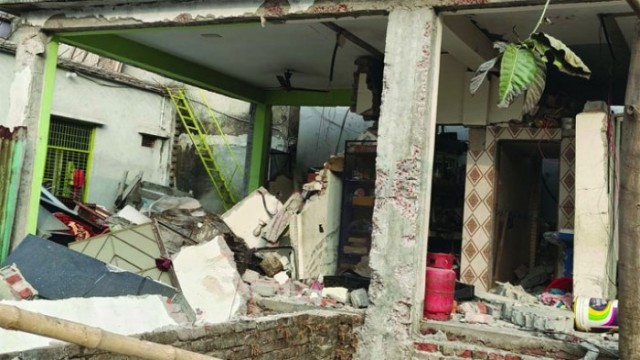
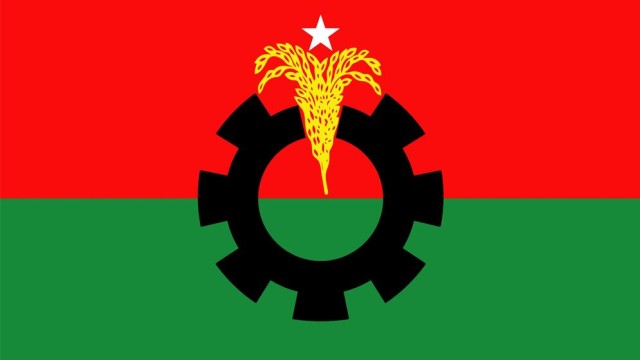



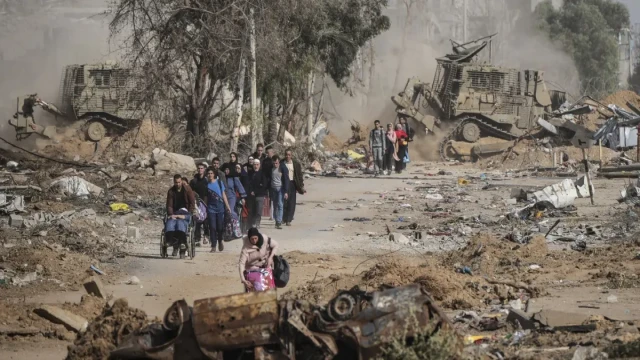
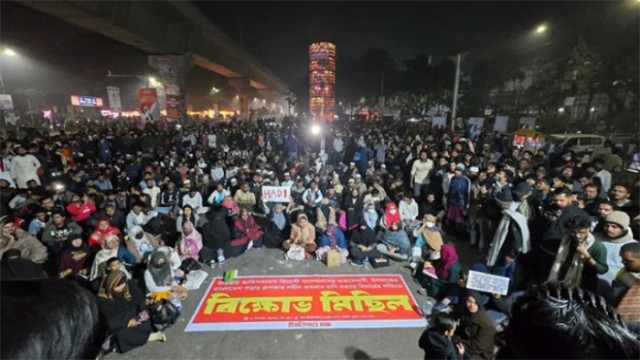
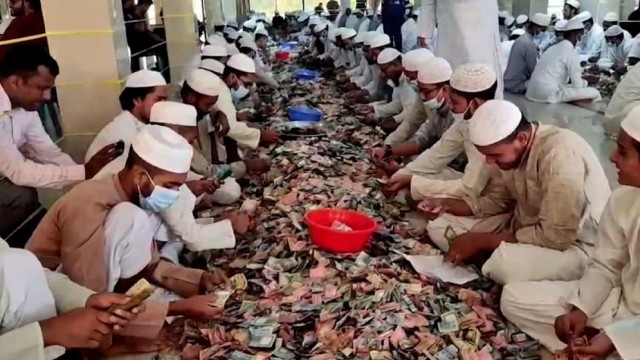

Comment: